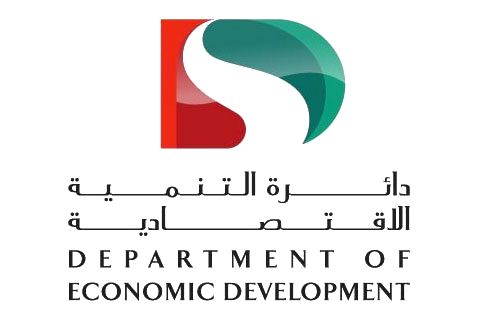HRMS and Employee Self-Service: Empowering Employees in Daily Tasks
HRMS and Employee Self-Service
Gone are the days of chasing down HR for paperwork and approvals. With HRMS and ESS, employees can now experience the joy of automated workflows and processes. Need to request time off? Just log in to the system and submit your request. No need for countless emails and paper forms. The system takes care of routing the request to the right person for approval, saving everyone’s time and reducing the risk of lost paperwork. In this article, we will explore how HRMS and ESS can empower employees, how they improve productivity and engagement, and how they streamline daily tasks.
Defining Employee Self-Service (ESS)
Imagine being able to take control of your HR tasks without having to rely on someone else. That’s where Employee Self-Service (ESS) comes in. ESS is a feature of HRMS that allows employees to access and manage their own HR-related information and tasks. It’s like having a personal HR assistant at your fingertips but without the awkward small talk.
The Role of HRMS in Employee Empowerment
Streamlining HR Processes
Let’s face it – HR processes can sometimes be a confusing maze. HRMS swoops in like a GPS, guiding employees through the labyrinth of paperwork and approvals. With automated workflows and intuitive interfaces, HRMS streamlines processes like requesting time off, updating personal information, and submitting expense claims. No more hunting down handwritten forms.
Centralising Employee Data
Say goodbye to scattered spreadsheets and sticky notes with HRMS’s magic ability to centralise employee data. From contact information to performance evaluations, everything is neatly stored in one secure location. This means employees can access their own information whenever needed, without having to bug HR for every little update or query.
Facilitating Communication and Collaboration
HRMS is like the ultimate wingman when it comes to fostering communication and collaboration within organisations. It serves as a virtual water cooler, enabling employees to connect, share ideas, and collaborate on projects. Whether it’s through discussion forums, instant messaging, or shared document repositories, HRMS bridges the gap between employees and promotes a culture of collaboration and innovation.
How HRMS and ESS Enhance Employee Productivity
Automated Workflows and Processes: HRMS and ESS reduce manual effort by automating workflows, saving time, and minimising paperwork.
Self-Service Access to Information:
ESS ensures 24/7 access to HR-related information, eliminating waiting times and enhancing productivity.
Reducing Administrative Burden on HR:
ESS empowers employees to handle administrative tasks, freeing HR to focus on strategic initiatives.
Enabling Employee Feedback and Surveys:
HRMS and ESS facilitate feedback collection, providing insights for improvement and fostering employee engagement.
Recognising and Rewarding Employee Achievements:
Systems streamline recognition processes, boosting morale and motivation.
Promoting a Culture of Transparency and Communication:
HRMS and ESS foster transparent communication, ensuring employees are well-informed and contributing to a culture of trust.
Change Management and Employee Adoption:
Clear communication, training, and ongoing support are vital for successful implementation.
Training and Support for ESS Implementation:
Comprehensive training ensures effective utilisation, and ongoing support builds confidence.
Clearly Define Goals and Objectives:
Organisations should establish clear objectives to align implementation strategies with desired outcomes.
Involve Key Stakeholders:
Collaboration with HR, IT, and employee representatives enhances decision-making and commitment.
Continuously Evaluate and Improve:
Implementation should be an ongoing process, with regular evaluations and improvements based on evolving needs.
Tips for Effectively Implementing HRMS and Employee Self-Service:
- Needs Assessment: Conduct a thorough analysis of organisational needs and requirements before selecting an HRMS and ESS solution.
- Training and Communication: Provide comprehensive training to HR staff and employees to ensure a smooth transition. Clear communication about the benefits and usage of the system is crucial.
- Customisation: Choose a system that can be customised to fit the unique needs and processes of the organisation.
- Data Migration: Ensure a seamless transition by carefully planning and executing the migration of existing data to the new system.
- Feedback Mechanism: Establish a feedback mechanism to continuously improve the HRMS and ESS based on user experiences and suggestions.
Enhanced Communication and Collaboration:
As technology continues to advance, the future of HRMS and Employee Self-Service looks promising. Integration with emerging technologies such as artificial intelligence and machine learning will further enhance the capabilities of these systems, providing more intelligent insights and personalised experiences for both HR professionals and employees. The ongoing trend towards remote work and the need for flexible HR solutions make HRMS and ESS integral components for organisations striving to stay competitive and agile in the evolving business landscape.













